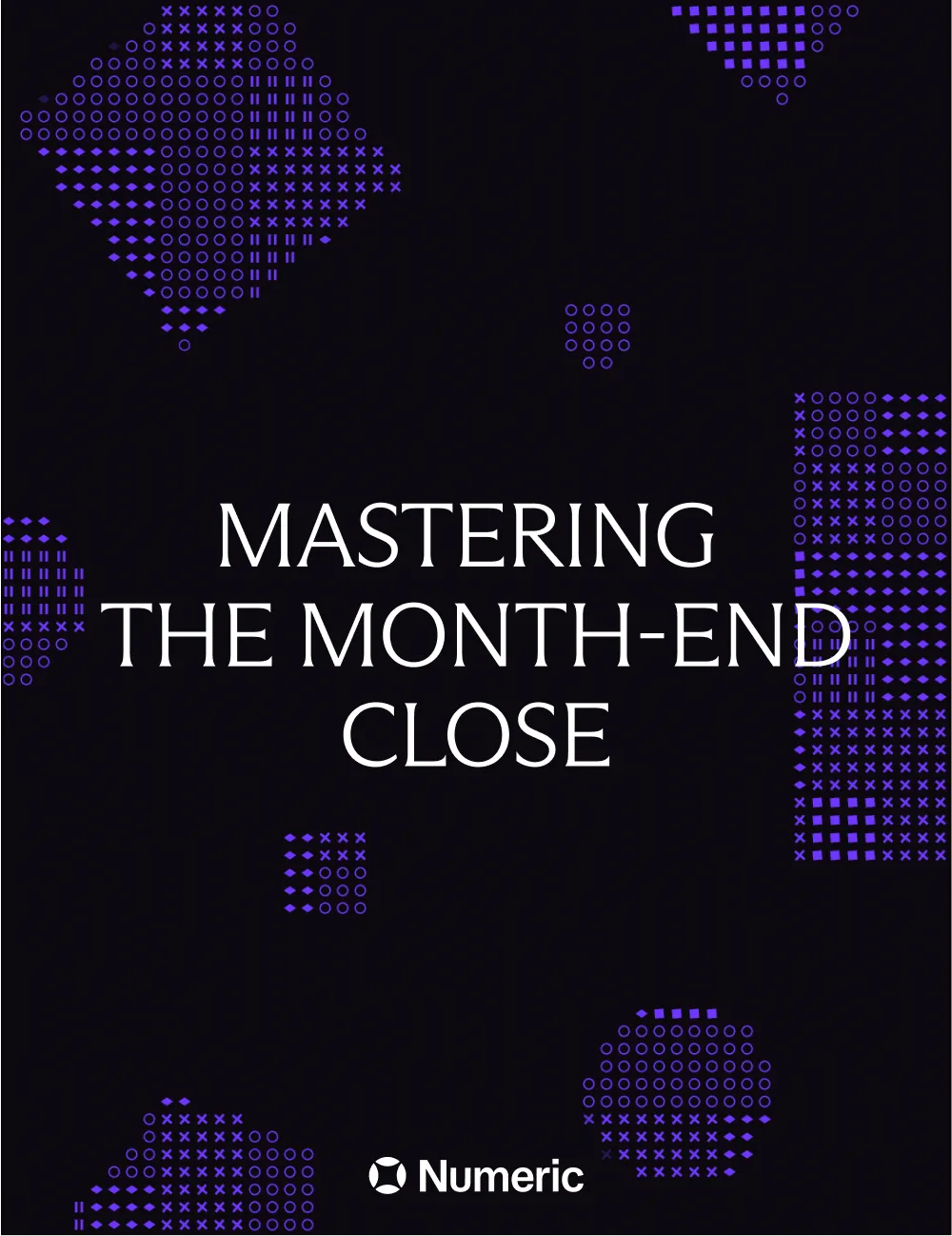Subscribe to Ledgerline
Get a monthly round-up of strategic accounting content from Numeric
By submitting your information, you agree to Numeric’s Terms of Service and Privacy Policy. You can opt out at any time.
Mastering the Month-end Close brings together accounting leaders from high-growth companies and shows exactly how they run a best-in-class close. Written by six guest authors and covering topics like build your first close checklist, measuring process improvements, and making tradeoffs between speed and accuracy.

1
2
3
4
5
6
Get a monthly round-up of strategic accounting content from Numeric
By submitting your information, you agree to Numeric’s Terms of Service and Privacy Policy. You can opt out at any time.